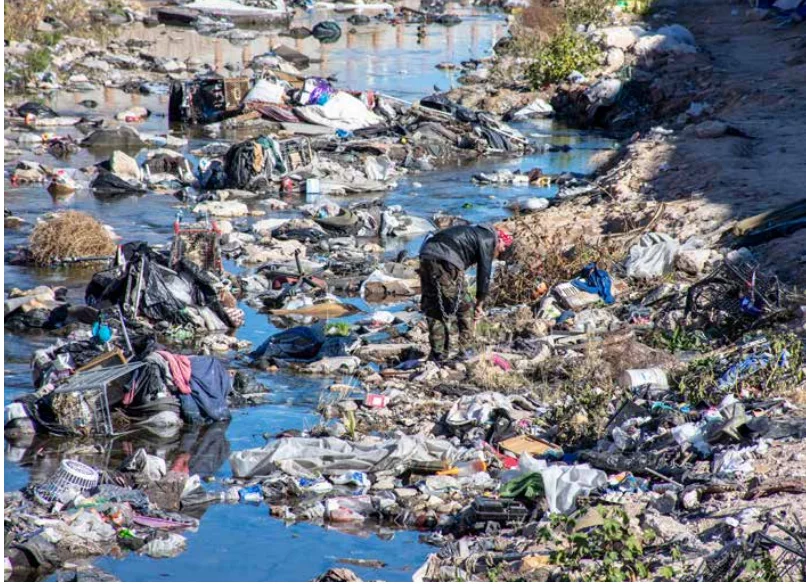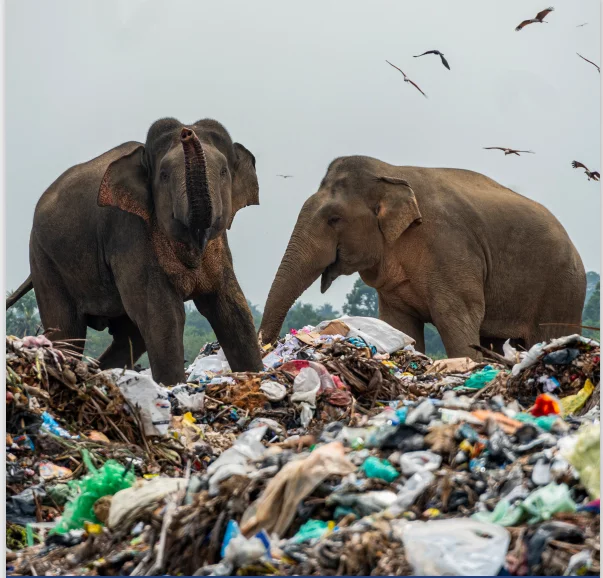You too can use less plastic
Know what contains plastic
It’s not only easy, it’s also fun and rewarding using less (single-use) plastics and preventing plastic from ending up in our oceans. Check out these tips and feel free to contact us if you have any suggestions!
Care products
Avoid products with one of the following ingredients: Polyethylene (PE), Polypropylene (PP) and Polyethylene terephtalate (PET), Polymethyl methacrylate (PMMA), nylon12.Paint and sand paper
Look at the type of paint you use and choose an ecological variant. Buy sandpaper that does not use plastic for smoothing.Synthetics
Synthetcis contain plastic-like fibres that when they are released by washing and wear are microplastics.You too can use less plastics
Plastic packaging is easy to spot. But plastic is in more things than you might know. A big problem are microbeads. These are small plastic balls that are added to care products for an exfoliating, cleansing effect or to make the product look more beautiful. These are in shower foam, face scrub, soaps and toothpaste. More about microbeads can be found here [https://www.beatthemicrobead.org/].
Fortunately, the European cosmetics industry has decided to voluntarily remove microbeads from these products. End of this year they must have disappeared.
Care products
But other care products can also contain microplastics. For example, shampoo, foundation, (sunscreen) cream, deodorant and lipstick. Plastics can be found under the name polymers. Avoid products with one of the following ingredients: Polyethylene (PE), Polypropylene (PP) and Polyethylene terephtalate (PET), Polymethyl methacrylate (PMMA), nylon12.
Paint and sandpaper
And there are more products that contain microplastics when you might not expect that. For example, look at the type of paint you use and choose an ecological variant. Buy sandpaper that does not use plastic for smoothing (most contain small plastic particles that come off with use).
Carpet and teddy bears
Synthetic materials are made from polyester, fleece, nylon, polyamide or polyacryl. Many clothes, carpet and even children’s teddy bears or other stuffed animals are (partly) synthetic. The plastic-like fibres are released by washing and wear and then are microplastics. When these fibres end up in the water, they end up in the oceans. Therefore, opt for natural materials such as wood and organic cotton.
Do you know any other products that contain plastic without most people knowing? Let us know via Facebook.



Share this post: